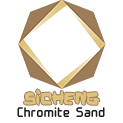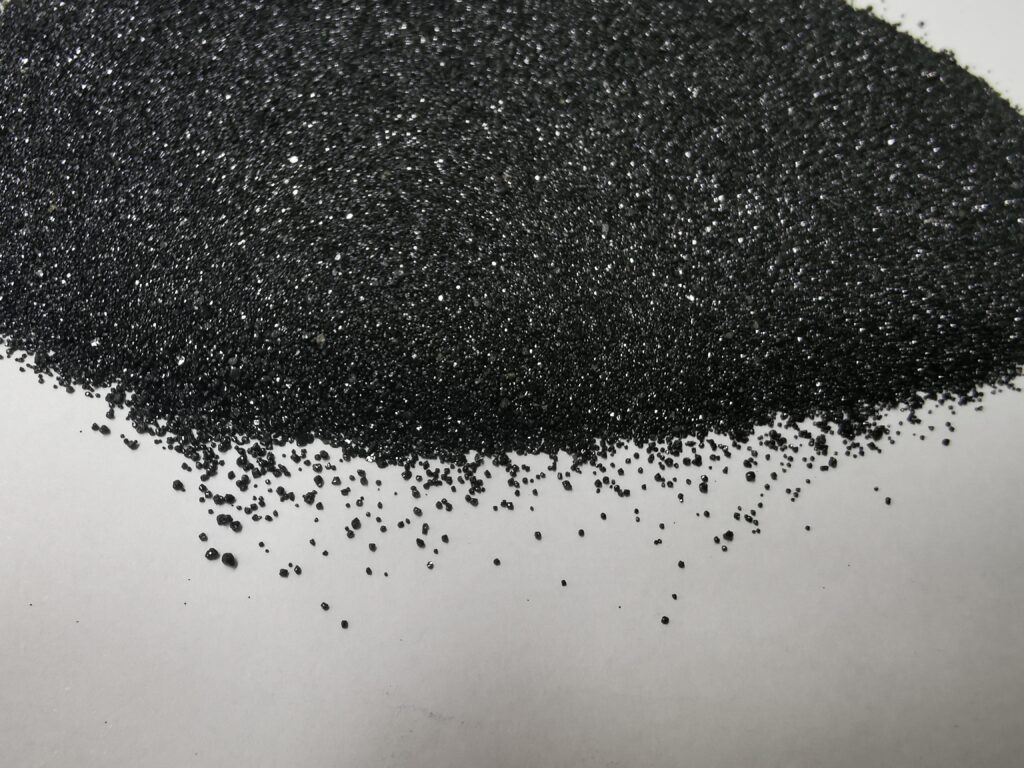Main properties of chromite sand:
1. Chromite sand has good resistance to alkaline slag and does not react with iron oxide, etc. Therefore, in practical applications, chromium ore can avoid thermochemical sand sticking;
2. During the molten metal casting process, the chromium ore itself undergoes solid-phase sintering, preventing the penetration of molten metal and thereby preventing mechanical sand sticking;
3. The thermal conductivity of Chromite sand is several times greater than that of silica sand, which can increase the cooling rate of castings. Therefore, chromium ore can play the role of an external cold iron in practical applications;
4. The most harmful component in chromium ore is carbonate (CACO3MgCO3). When it comes into contact with high-temperature metals, it decomposes CO2, which can easily cause pores in castings. Usually, chromium ore containing carbonate is processed at 900°C – Roasting at high temperature of 950°C decomposes the carbonate in it.
5. The influence of the particle size of chromium ore on its refractoriness. The particle size of chromium ore can significantly affect its refractoriness. In the past, it was believed that excessively coarse grains would reduce the surface finish of castings. However, the surface of sand molds and sand cores made of chromium ore are usually sprayed with a certain thickness of paint, so that the surface finish of castings is hardly affected.
Chemical Composition
| Cr2O3 | SiO2 | FeO | CaO | MgO | Al2O3 | P | S | Cr/Fe |
| ≥46.0% | ≤1.0% | ≤26.5% | ≤0.30% | ≤10.0% | ≤15.5% | ≤0.003% | ≤0.003% | 1.55:1 |
Physical Properties
| BULK DESITY | VOLUME DENSITY | COLOR | PH | Sintering temperature | MELTING TEMPERATURE |
| 2.5-3g/cm³ | 4.0~4.8g/cm3 | BLACK | 7-9 | > 1800°C | 2180°C |

